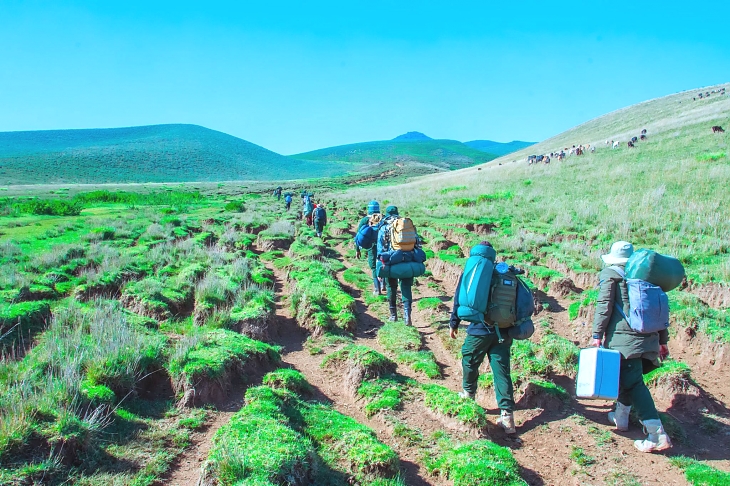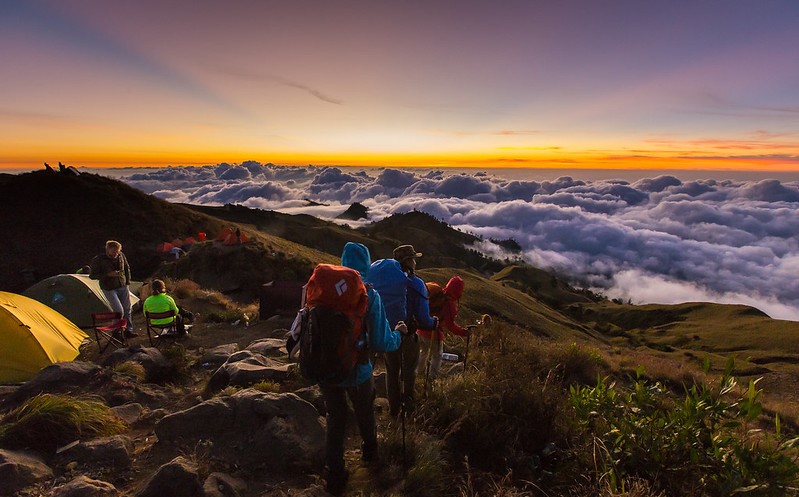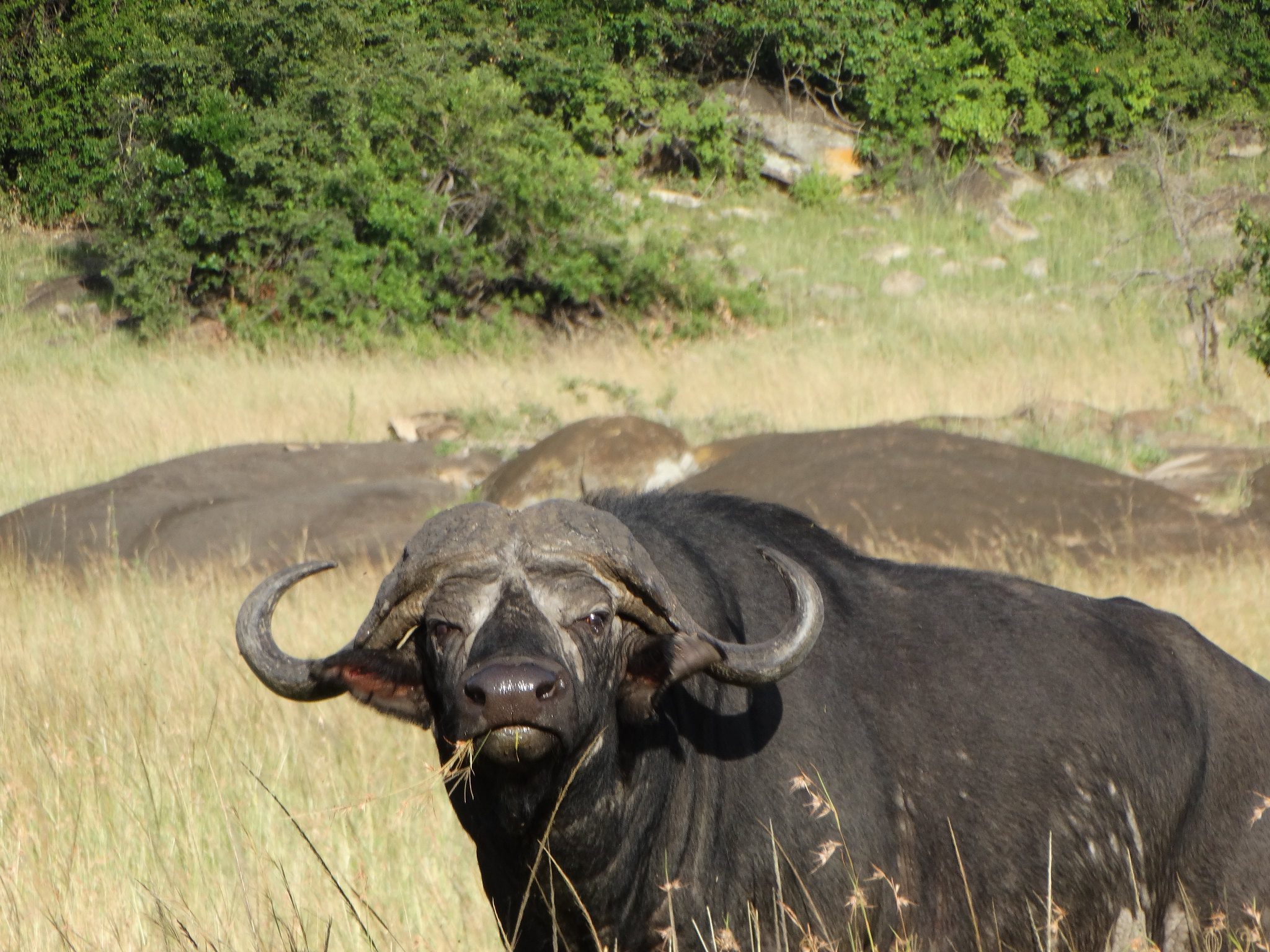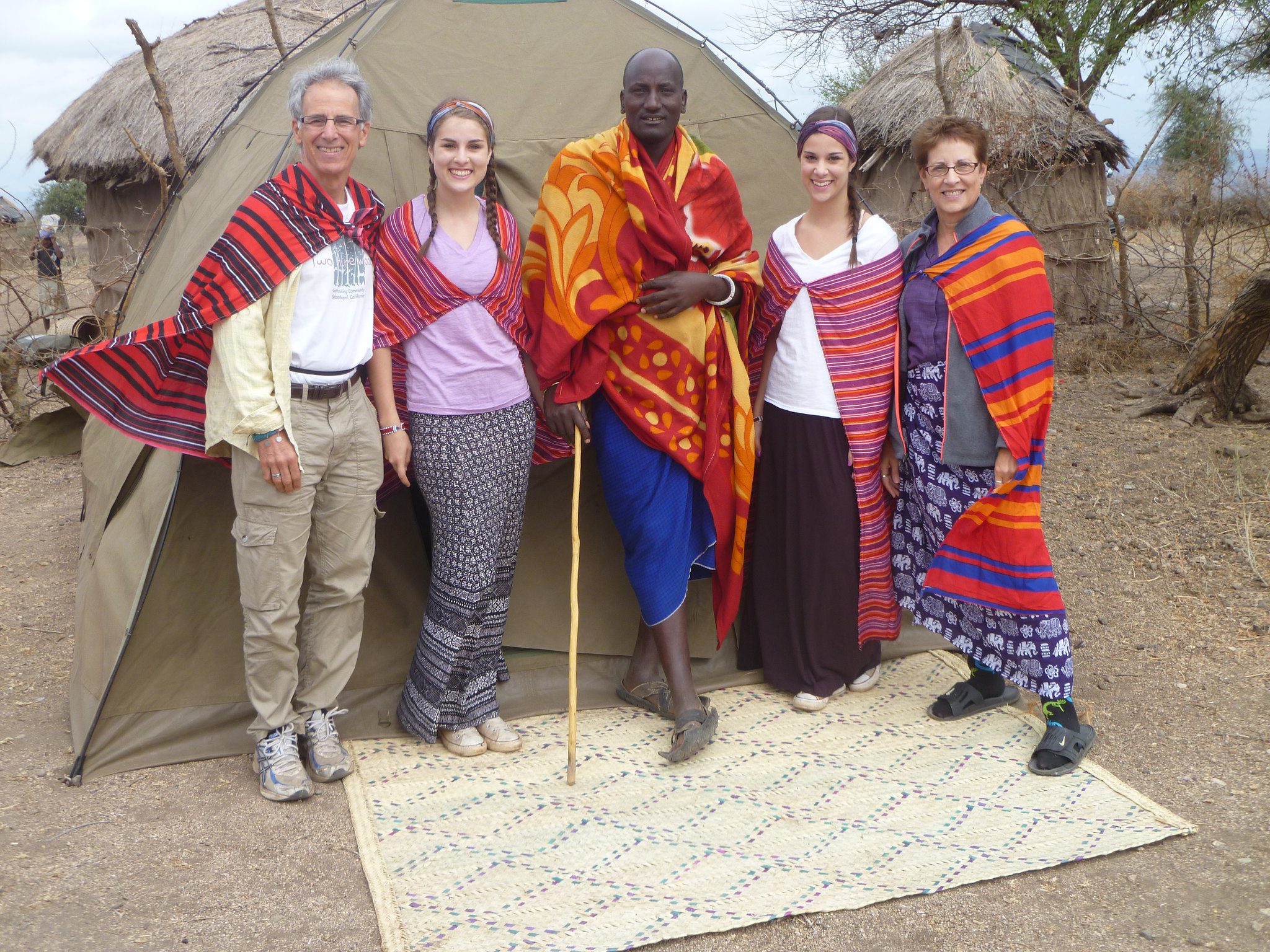Tanzania, renowned for its majestic peaks and diverse landscapes, is home to several towering mountains that attract climbers and nature enthusiasts from around the world. While Mount Kilimanjaro and Mount Meru often steal the spotlight, Mount Lolmalasin—the third-highest mountain in Tanzania—offers a unique and less-trodden adventure for those seeking to explore the country’s natural beauty and cultural heritage.
Location and Significance of Mount Lolmalasin
Mount Lolmalasin is situated in the Ngorongoro Conservation Area in northern Tanzania, a region famous for its rich biodiversity, stunning scenery, and cultural significance. Rising to an impressive height of 4,254 meters (13,940 feet), Mount Lolmalasin stands as the third-highest peak in Tanzania, after Kilimanjaro and Meru.
Cultural and Ecological Importance
The mountain holds great significance for the local Maasai people, who have lived in the Ngorongoro region for centuries. The Maasai consider the mountain a sacred site and it plays an integral role in their cultural and spiritual practices. The surrounding area is also a critical habitat for various wildlife species, including elephants, buffaloes, and numerous bird species, making it an important conservation area within the larger Ngorongoro ecosystem.
Ngorongoro Conservation Area
The Ngorongoro Conservation Area, a UNESCO World Heritage Site, is where Mount Lolmalasin proudly stands. This area is renowned not only for its geological features, such as the Ngorongoro Crater, but also for its role in preserving both wildlife and the cultural heritage of the Maasai people. The presence of Mount Lolmalasin within this conservation area adds to its ecological and cultural value, offering a unique combination of natural beauty and traditional Maasai culture.
Trekking Mount Lolmalasin: A Unique Adventure
Climbing Mount Lolmalasin provides a different experience from the more popular routes up Kilimanjaro and Meru. The mountain’s relative obscurity means that it sees far fewer climbers, making it an ideal destination for those looking to escape the crowds and immerse themselves in a truly remote wilderness experience.
The Trekking Route
The ascent of Mount Lolmalasin typically begins from the Ngorongoro Conservation Area, with the trek taking climbers through diverse landscapes, including grassy plains, dense forests, and rocky highlands. The trek is considered challenging due to the altitude and varying terrain, but the reward is a breathtaking view from the summit, overlooking the vast Ngorongoro Crater and the surrounding plains.
Climbing Conditions
The conditions on Mount Lolmalasin can vary significantly depending on the time of year. The best time to climb is during the dry seasons, which run from June to October and December to February. During these months, the weather is more predictable, with clear skies and lower chances of rain, making the trek more manageable and the views from the summit more spectacular.
In contrast, the wet seasons, from March to May and November, bring heavier rains that can make the trails muddy and slippery. While the wet season offers a lush, green landscape, the challenging conditions might not be ideal for all climbers.
Why Climb Mount Lolmalasin?
Climbing Mount Lolmalasin is not just about reaching the summit; it’s about the journey through one of Tanzania’s most culturally rich and ecologically diverse regions. The trek offers a unique opportunity to experience the Maasai culture, explore pristine wilderness areas, and enjoy unparalleled views of some of Tanzania’s most famous landmarks.
Cultural Immersion
As you trek through the Ngorongoro Conservation Area, you’ll have the chance to interact with the Maasai communities that call this region home. These interactions provide a deep insight into the Maasai way of life, their traditions, and their enduring connection to the land. Many trekking tours include visits to Maasai villages, where you can learn about their customs, dress, and ceremonies.
Wildlife Encounters at Mount Lolmalasin Third Highest Mountain in Tanzania
The trek up Mount Lolmalasin also offers opportunities for wildlife sightings. The lower slopes are home to a variety of animals, including buffaloes, antelopes, and elephants. Birdwatchers will also find the area particularly rewarding, with numerous species to be spotted along the way. The presence of wildlife adds an element of excitement to the trek, as you share the landscape with some of Africa’s most iconic species.
Comparison with Other Tanzanian Mountains
While Mount Kilimanjaro and Mount Meru are more famous, Mount Lolmalasin offers a different kind of challenge and experience. Kilimanjaro, standing at 5,895 meters, is the highest peak in Africa and is known for its challenging but non-technical routes, making it a popular choice for trekkers worldwide. Mount Meru, at 4,566 meters, is often climbed as a warm-up for Kilimanjaro, offering a less crowded but equally rewarding experience with stunning views of Kilimanjaro from its summit.
Mount Lolmalasin stands out for its tranquility and the opportunity to explore the Ngorongoro Conservation Area in depth. The mountain’s remoteness and the cultural significance of the surrounding region make it a unique destination for those looking to go off the beaten path.

Challenges and Preparation
Climbing Mount Lolmalasin requires good physical fitness and preparation, as the trek involves significant altitude gain and diverse terrain. Acclimatization is key to a successful climb, as the altitude can pose challenges even to experienced climbers. It is recommended to spend a few days acclimatizing in the Ngorongoro region before attempting the climb.
Essential Gear
Given the varied conditions on the mountain, it’s important to pack appropriately. Essentials include:
- Warm clothing: Temperatures can drop significantly at higher altitudes.
- Waterproof gear: To protect against sudden rain showers.
- Good hiking boots: With strong ankle support for the rugged terrain.
- Trekking poles: Helpful for navigating steep and uneven sections of the trail.
Guided Tours
Due to the remote nature of Mount Lolmalasin and the complexities of the trek, it is advisable to join a guided tour. Local guides are familiar with the terrain and can provide valuable insights into the natural and cultural significance of the area. They can also assist with logistics, ensuring a safe and enjoyable trekking experience.
Exploring Mount Lolmalasin
Mount Lolmalasin, as the third-highest mountain in Tanzania, offers an extraordinary adventure for trekkers seeking to explore the country’s lesser-known peaks. Its location within the Ngorongoro Conservation Area provides a unique blend of cultural immersion, wildlife encounters, and stunning landscapes. While it may not be as famous as Kilimanjaro or Meru, Mount Lolmalasin offers a tranquil and rewarding experience for those willing to venture off the beaten path.
Whether you are a seasoned climber or a curious traveler looking to experience Tanzania’s diverse landscapes, Mount Lolmalasin promises an unforgettable journey through one of Africa’s most captivating regions.



